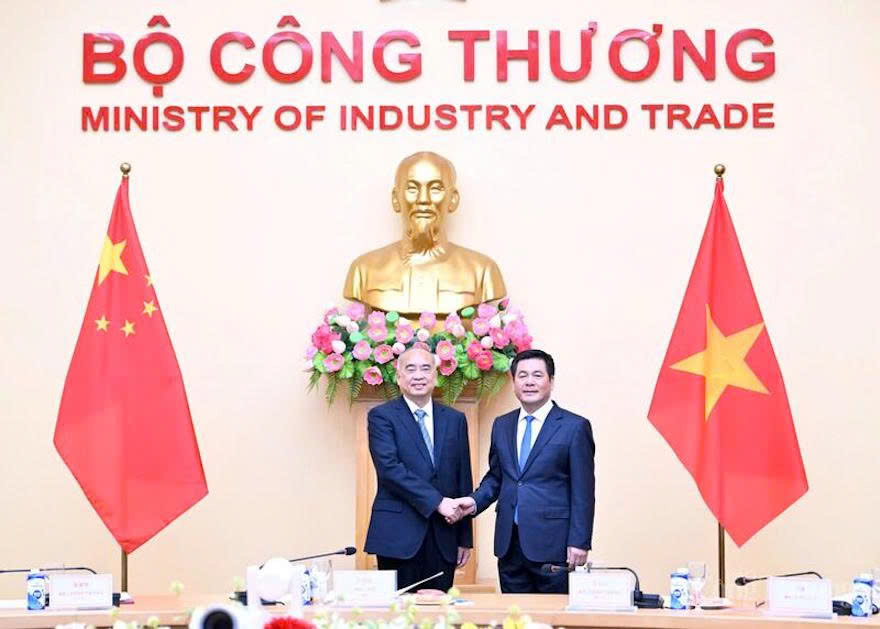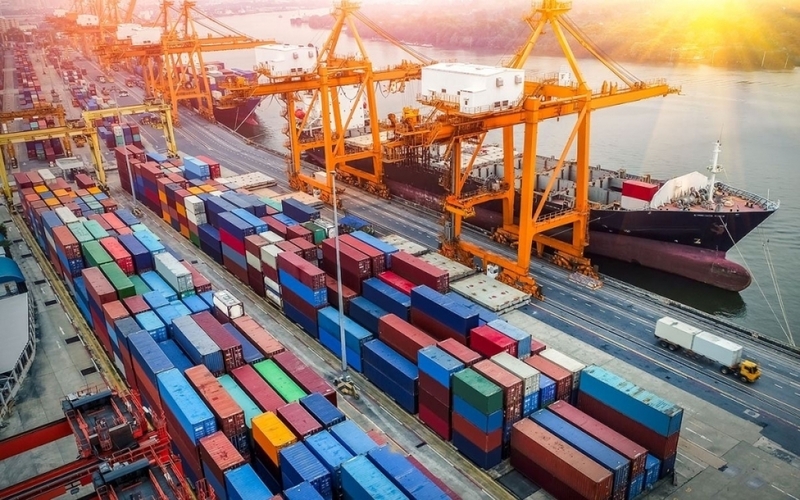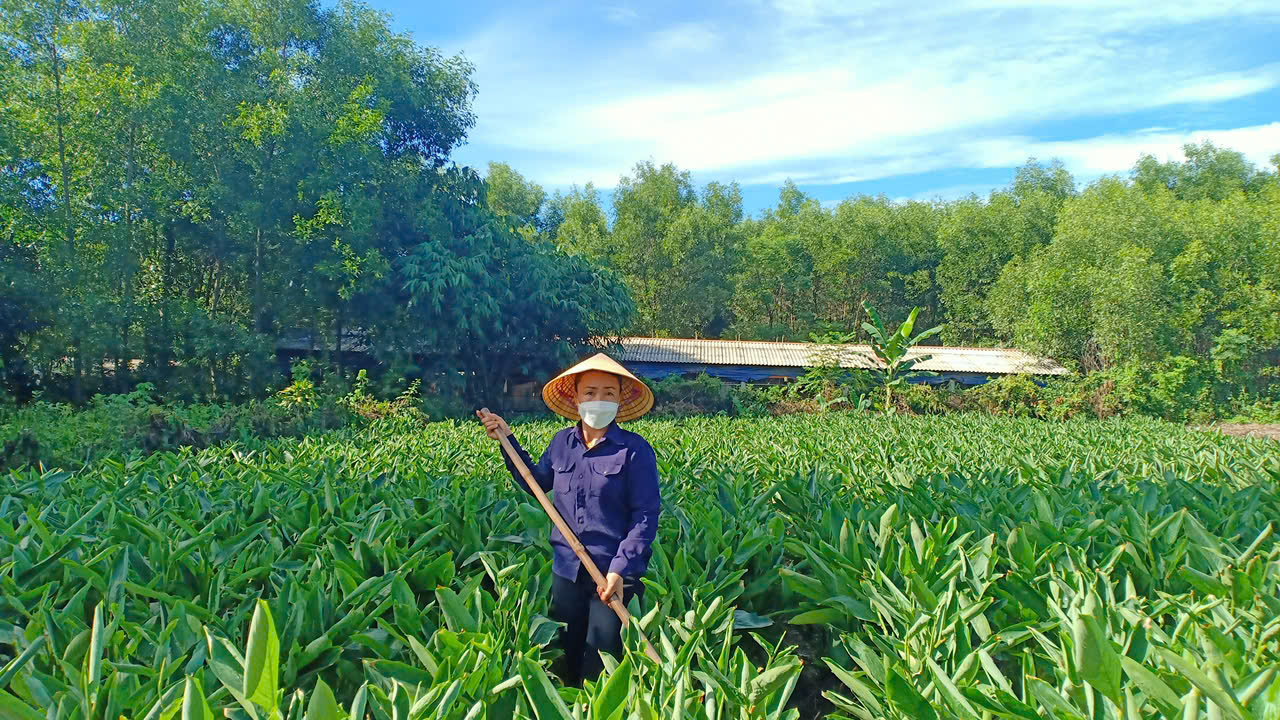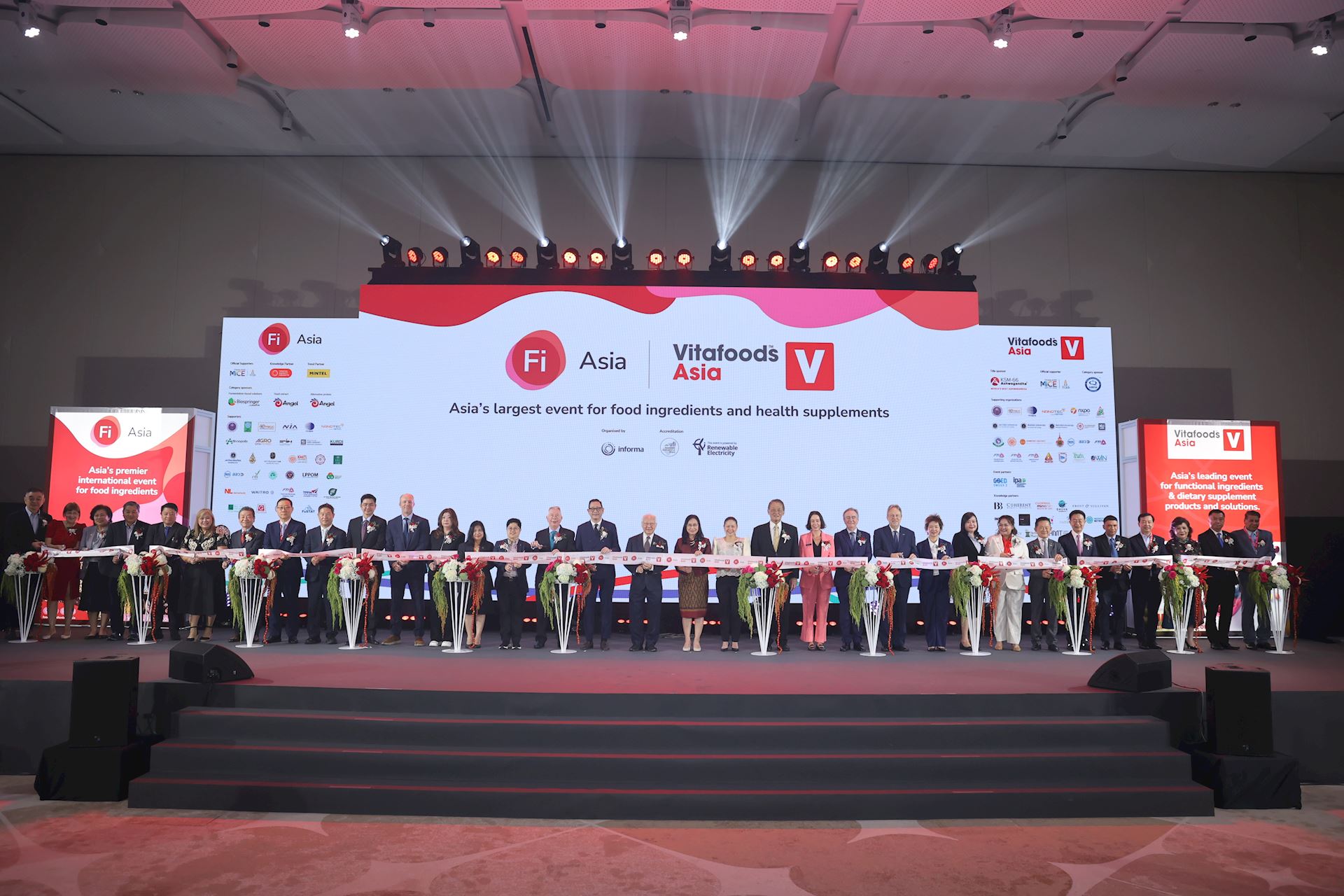
Minister Nguyen Hong Dien meets Shandong Party Secretary to boost trade ties
19:05 | 23/03/2025 03:51 | 28/09/2025News and Events
 |
| The EU is a traditional export market for Vietnam's textile and garment industry – Illustrative photo |
According to the Vietnam Trade Office in the EU, the EU is Vietnam's second-largest traditional export market, accounting for 10-15% of the total export value of the textile and garment industry. However, textile and garment exports to this market will face many challenges in the coming time, because the EU is implementing and legislating strict regulations related to green growth and the circular economy.
The Ecodesign for Sustainable Products Regulation (ESPR) came into effect on July 18, 2024, applying to all physical goods sold and used in the EU, regardless of their origin, excluding food, vehicles, and pharmaceuticals. It aims to make products sold in the EU more sustainable, ensuring they are properly labeled and easily recyclable.
The ESPR does not establish specific sustainability regulations but is based on EU laws. These laws focus on products such as iron, steel, aluminum, textiles and garments (particularly apparel and footwear), furniture, tires, detergents, paints, lubricants, and chemicals. The laws may come into effect one year after the ESPR takes effect. The first law being drafted by the EU consists of eco-design requirements for textiles, garments and steel, which is expected to take effect in mid-2027.
The Corporate Sustainable Due Diligence Directive (CSDD), adopted on May 24, 2024, has a 3-5 year implementation period after it comes into effect.
This directive promotes sustainable and responsible behavior among businesses in their operations and throughout the entire global value chain. It applies to companies within the EU and impacts non-EU companies with a revenue of 450 million euros in the EU. Small businesses are not directly covered by the regulation but may be indirectly affected as business partners within the value chain.
In light of the increasingly stringent regulations, the Vietnam Trade Office in the EU recommends that to maintain its market share in the EU, State management authorities focus on green initiatives for the Vietnamese textile industry to address environmental concerns. The Government should accompany businesses’ efforts to develop a "green strategy," investing in factories that meet EU standards in terms of working conditions, wastewater, emissions, and renewable energy use through rooftop solar power development.
At the same time, State management agencies propose that the EU provide technical support and guidance for businesses to meet new regulations in this market; closely collaborate with EU policymakers to help shape the scope of upcoming legislation, and focus on developing investment and legislative frameworks to support the industry's transition.
For their part, non-EU businesses will have to implement the majority of policies outlined in the EU's Textile Strategy, establishing new operating licenses for retailers, brands, and suppliers, otherwise their products won’t be able to be sold in the EU market. Therefore, the Vietnamese textile industry needs to pay attention to necessary operational adjustments to meet the increasingly high social and environmental standards ahead of the EU's official compliance deadline.
Businesses also need to take the initiative in seeking material supply sources, especially high-quality and environmentally friendly materials. With strict standards in terms of origin, textile and garment companies should focus on building factories and modernizing machinery to increase material supply from domestic sources and minimize imports. To address this issue, textile and garment companies should invest in building large factories with modern production lines, rather than developing on a smaller scale.

19:05 | 23/03/2025 03:51 | 28/09/2025News and Events

19:05 | 23/03/2025 03:50 | 28/09/2025Trade

19:05 | 23/03/2025 19:37 | 27/09/2025Energy

19:05 | 23/03/2025 19:35 | 27/09/2025Industry

19:05 | 23/03/2025 14:14 | 27/09/2025Economy